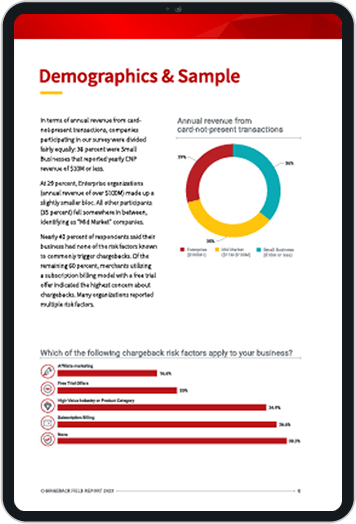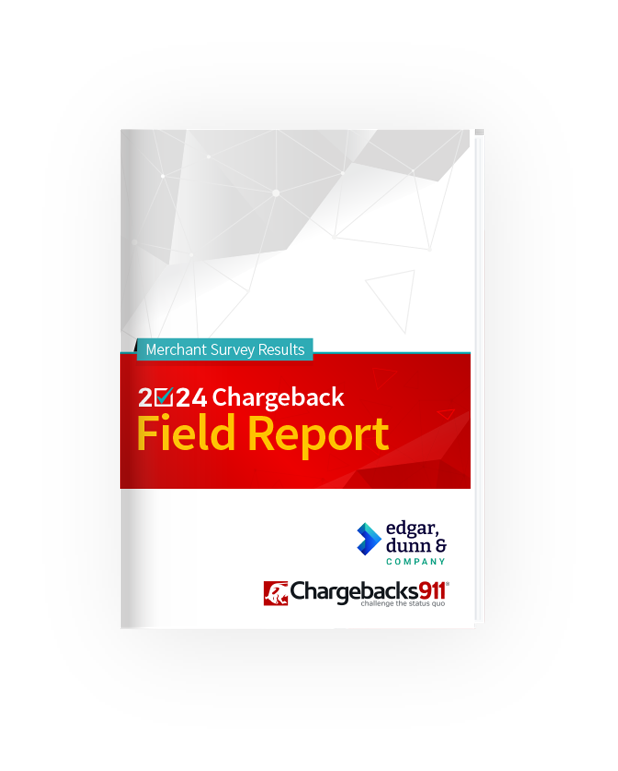Transaction Monitoring Software: A Must-Have Fraud Deterrent
Fraud in online financial transactions is nothing new. But, this activity is surging at a rate we’ve never seen before.
Banks and businesses have had to implement stringent measures to counter fraud, rein in financial losses, and protect themselves against reputational harm and legal liability. These heavy investments have spurred tremendous growth in the transaction monitoring market, which is projected to expand more than fivefold between 2024 and 2037.
In this article, we will discuss transaction monitoring software — the key features and benefits, and how financial institutions can best leverage these tools to their benefit.
Recommended reading
- Card Security Codes: How They Protect Consumers & Merchants
- The Top 10 Fraud Detection Tools You Need to Have in 2025
- ECI Indicators: How to Understand 3DS Response Codes
- How Digital Footprint Analysis Works: A Guide for Merchants
- How Link Analysis Works: Data Points & Best Practices
- Credit Card Fraud Prevention: A Gameplan for Businesses
What Is Transaction Monitoring Software?
Transaction monitoring software is a tool used by businesses and financial institutions to track, analyze, and detect suspicious transactions in real time to prevent fraud, money laundering, and compliance violations.
Transaction monitoring software is a tool that financial institutions use to monitor and analyze transactions. It can be used in real-time, post-event, or within set timeframes to automatically detect fraud and money laundering activities.
These enterprise systems help financial institutions comply with Anti-Money Laundering (AML) and Know Your Customer (KYC) regulations.
Transaction monitor software uses both machine learning techniques and traditional, rules-based algorithms and thresholds to assign risk scores and detect unusual transaction patterns. For example, anomalously high transaction amounts, unusually frequent debits or credits, or abnormal external account connections may be flagged as irregularities.
Upon detecting suspicious activity, the transaction monitoring systems will alert human analysts. Following manual review, the alert may be marked as a false positive or escalated to regulators or law enforcement agencies for official action.
Why Is Transaction Monitoring Software Necessary?
Financial institutions have to contend with the ever-growing threat of fraud and financial crimes. These risks, paired with strict regulatory guidelines and substantial fines for non-compliance, makes transaction monitoring software a necessity.
In short, transaction monitoring software helps identify and stop bad transactions. “But,” you ask, “what specific benefits does this offer?”
Transaction monitoring software helps:
What Features Should Transaction Monitoring Software Offer?
The best transaction monitoring solutions are bespoke systems; not out-of-the-box solutions. Still, all transaction monitoring systems should have core features that help financial service providers stay in compliance and manage fraud at scale.
The “core competencies” you need to look for on this front include:
Transaction Monitoring Recommendations & Best Practices
Implementing a successful transaction monitoring system requires more than just choosing a software with the right features. You need a strategic approach that involves the following best practices:
Implement Strong KYC & Customer Due Diligence Processes
When onboarding customers, perform customer due diligence to verify customer information. Apply enhanced due diligence measures when screening high-risk customers. Monitor the frequency and volume of customer deposit and withdrawals, and use KYC procedures to determine the customer’s source of funds.
Monitor All Transactions
Monitor all types of financial transactions, including card payments, ATM withdrawals, digital payments, and wire transfers. Continuously test and review monitoring rules based on evolving fraud tactics, new regulatory requirements and input from fraud analysts to reduce false positives and negatives.
Collaborate & Provide Training
Remain updated on the latest regulatory requirements and transaction risks. Provide staff with regular fraud awareness training so that they are equipped to detect scams and are familiar with how to use transaction monitoring software. They must also know how to stay compliant with industry and government regulations. Collaborate externally and share data obtained from transaction monitoring reports with outside fraud experts, industry peers, regulators, and law enforcement when necessary.
Maintain Regulatory & Audit Compliance
Conduct regular internal and external financial and information technology (IT) audits to ensure the transaction monitoring software is in good working condition and is up to date with data protection and AML/KYC standards. Assess its success by determining how accurately it detects fraudulent activities and how rapidly it is improving over time.
Transaction monitoring software plays a critical role in the financial landscape. However, navigating the intricacies of transaction monitoring can be a daunting task for many businesses.
Don’t know where to start?
At Chargebacks911®, our experts can design and implement a tailor-made fraud prevention and management strategy to help you stay in compliance and preserve revenue. Reach out to us for a free, no-obligation ROI analysis today.
FAQs
What is transaction monitoring software?
Transaction monitoring software is a tool that financial institutions use to track and examine transactions to detect potential money laundering activities or fraud. The software analyzes the transactions based on predefined rules or thresholds and blocks or flags transactions for further investigation.
How do you monitor transactions?
One way to monitor transactions is to use transaction monitoring software. These tools, which are purpose-built for enterprise organizations, analyze transaction values and frequencies, the parties sending and receiving the funds, and other transaction patterns to flag unusual data.
What is the difference between KYC and transaction monitoring?
KYC, short for “Know Your Customer,” is a manual process that financial institutions use to verify a prospective customer’s identity before approving them for a bank account. KYC guidelines help financial services firms assess a customer’s risk level based on their occupation, location, and other factors. Transaction monitoring, on the other hand, is a largely automated system of analyzing financial information on a transaction-by-transaction level to detect and prevent fraud.
How much does AML software cost?
The cost of AML software varies widely based on the features desired, the complexity of a business’ operations, and the volume of transactions that need to be monitored. The cost for a basic solution that serves small businesses and startups ranges from $10,000 to $50,000, while the cost for an advanced enterprise system starts from $100,000 and can stretch well into the seven figures.
What are the red flags in transaction monitoring?
Some of the red flags in transaction monitoring include high-value transactions, multiple transactions from the same accounts within short timeframes, frequent profile changes, multiple failed logins, transactions involving high-risk industries, or those initiated from high-risk geographical locations.
Do banks monitor all transactions?
Yes, banks monitor all transactions. However, transactions that are deemed to be riskier may be scrutinized more heavily.














